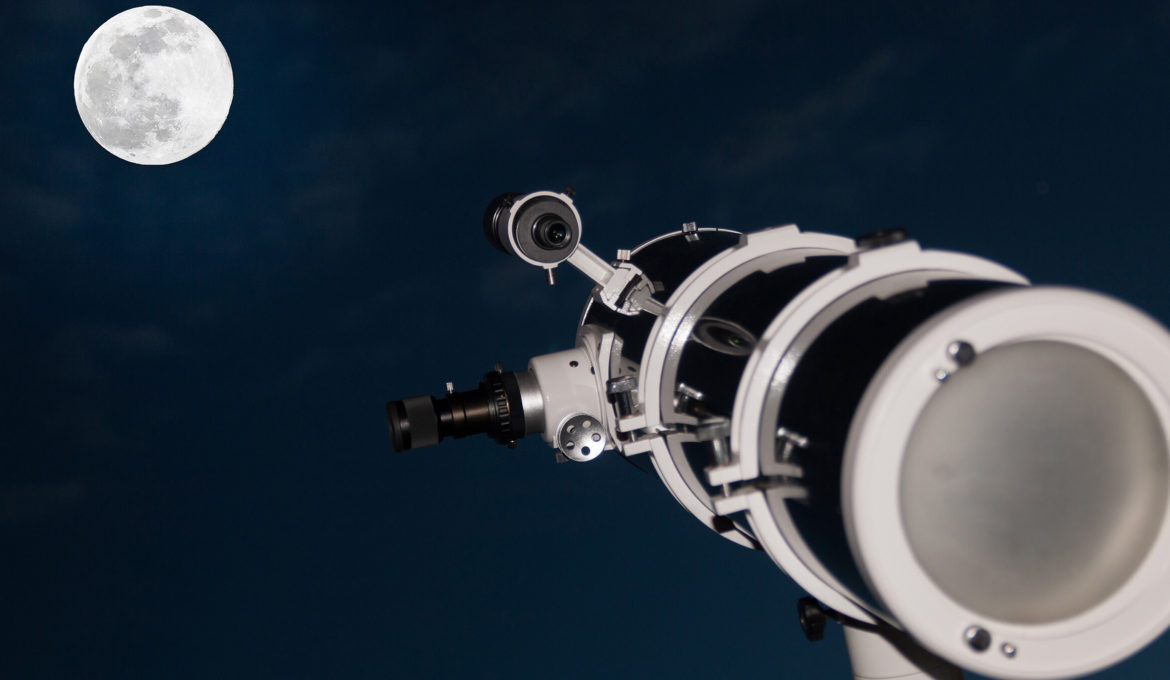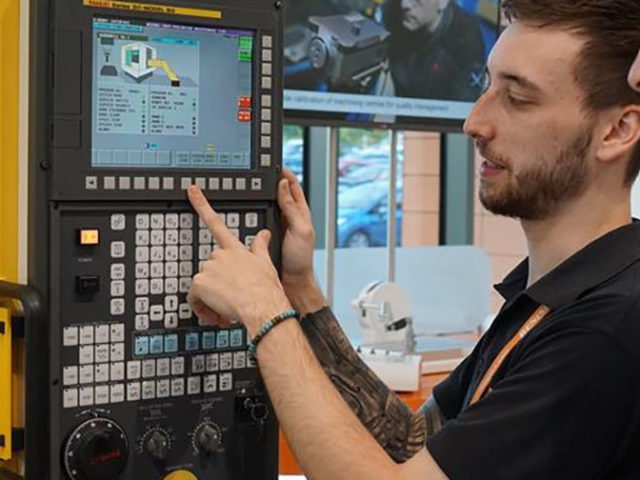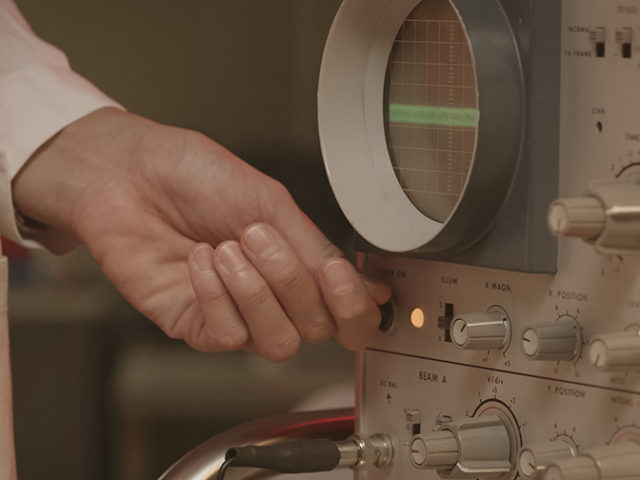One thousand newly-minted microrobots created in EPFL labs will soon be deployed at two large-scale telescopes in Chile and the United States. These high-precision instruments, capable of positioning optical fibers to within a micron, will vastly increase the quantity of astrophysics data that can be gathered – and expand our understanding of the Universe.
The Universe is expanding, but there is still a great deal that we don’t know. How fast is it spreading? Why is the process speeding up, pushing various celestial objects away from each other, when the force of gravity should instead be drawing them together? What roles do dark matter and dark energy play? Questions like these – which are central to current astrophysics research – may soon find answers, thanks to a fleet of EPFL-designed microrobots.
These microrobots developed by EPFL scientists are expected to produce a surge in the amount and quality of astrophysics data we can gather, thus expanding our knowledge. It consists of a collection of 1,000 tiny robots, which were recently manufactured and delivered to Ohio State University. In time, they will be fitted to two telescopes – the Irénée du Pont telescope, at the Carnegie Institution for Science’s Las Campanas Observatory in Chile, and the Sloan Foundation telescope at New Mexico’s Apache Point Observatory – which are part of the international Sloan Digital Sky Survey (SDSS). EPFL is playing an active role in the SDSS (see our article from July 2020).
Source: “Army of robots pushes the limits of astrophysics”, Sarah Perrin, EPFL News




